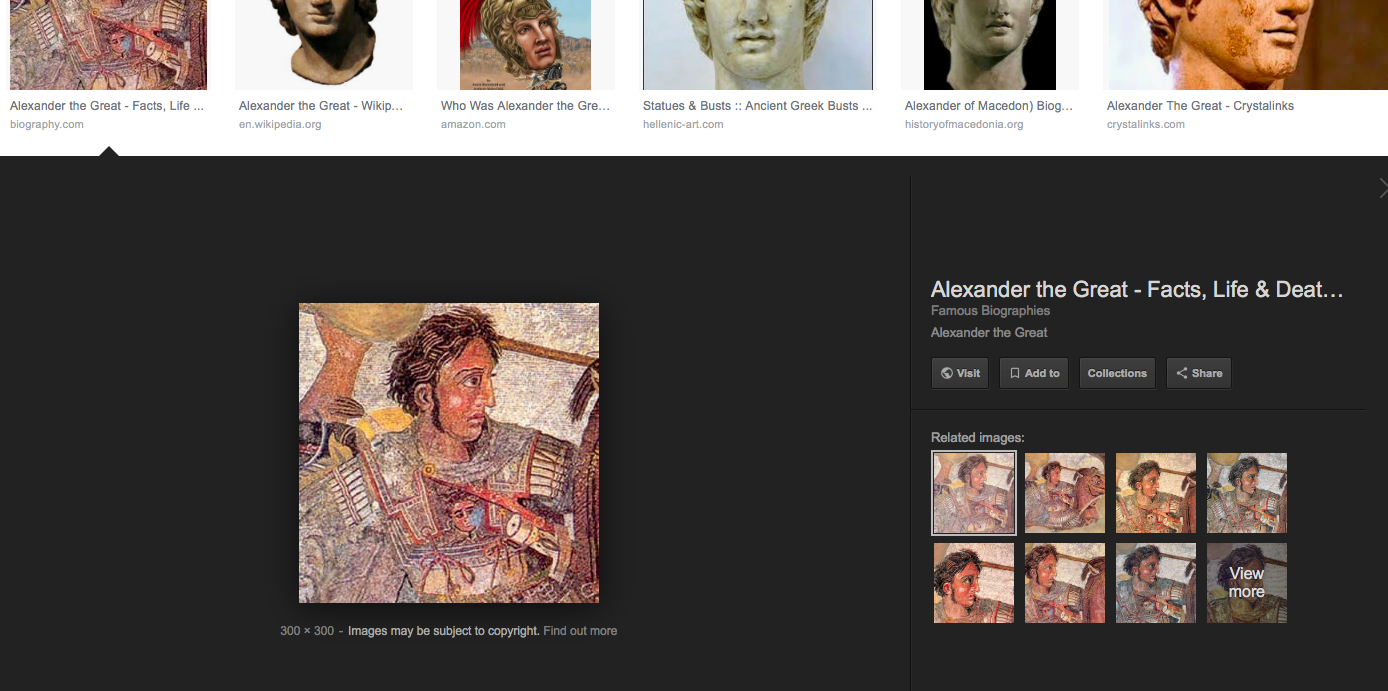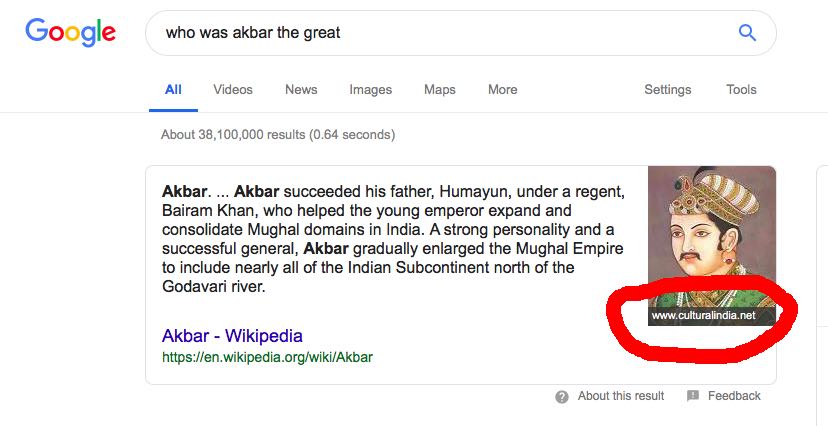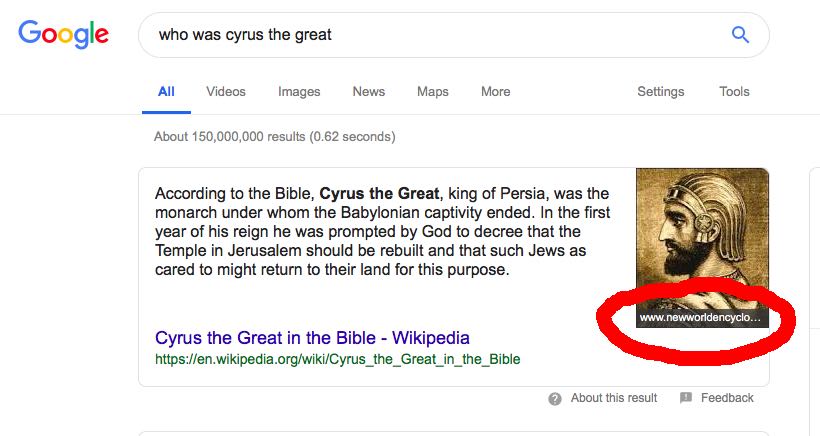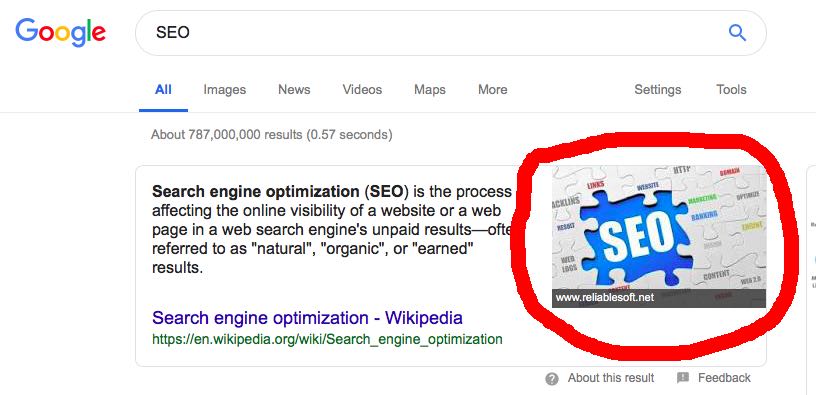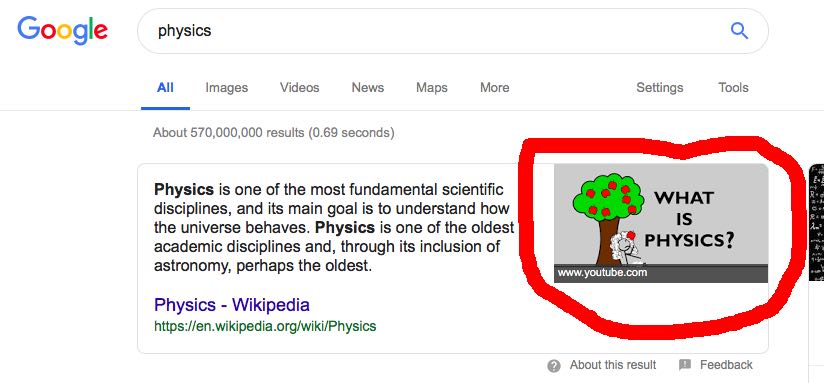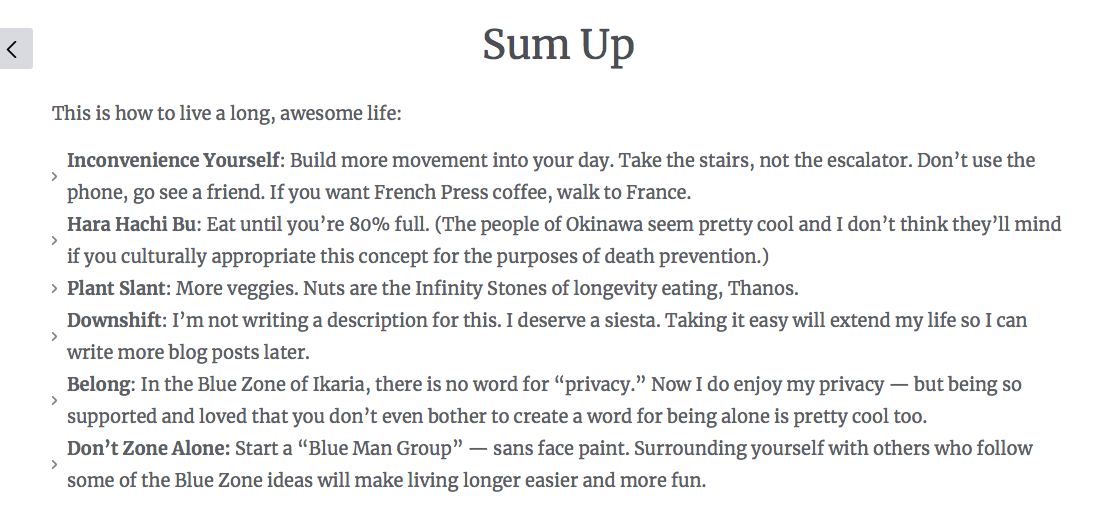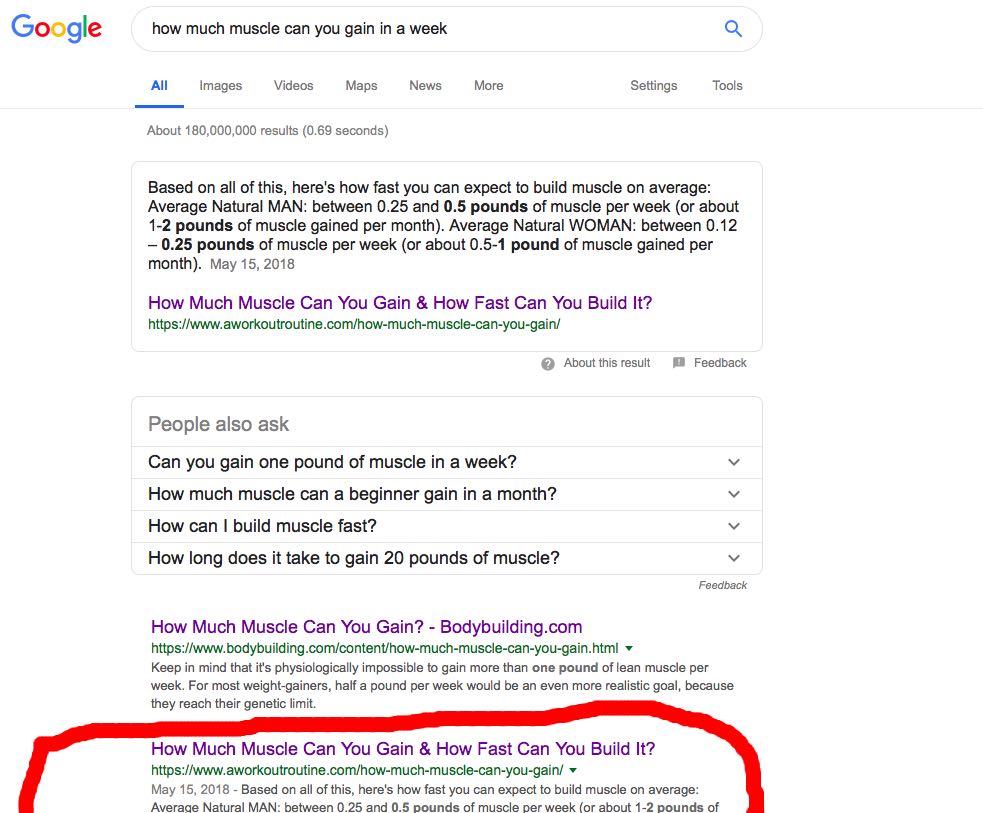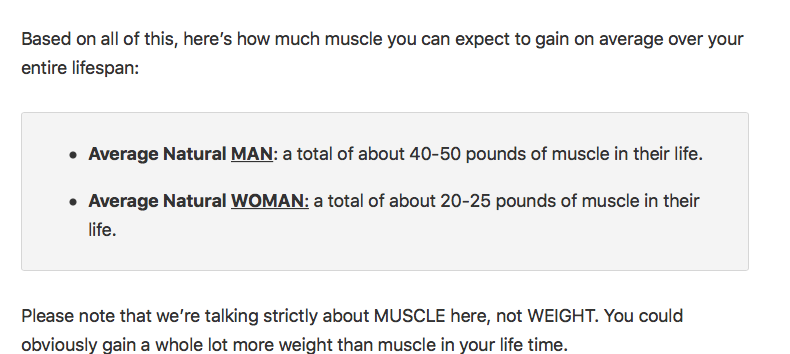In the first article of my luxury search marketing series, I discussed the consumer mindset in the luxury vertical. I provided insight into what motivates luxury shoppers and what drives them to purchase.
In the second article, I’ll build upon that foundation and explore how to craft SEO strategies that enable luxury marketers to maximize results in this highly competitive space.
This article’s SEO recommendations address “on-page” ranking factors. Moz defines “on-page SEO” as optimizing both the content and HTML source code of the webpage. Prioritizing on-page SEO will help luxury marketers increase their organic search visibility by (1) Improving search engine rankings, and (2) By driving traffic to their website.
Read also: 10 on-page SEO essentials: Crafting the perfect piece of content
Unfortunately, the work doesn’t stop once you have great on-page SEO. As I explained in my first article, consumers often purchase luxury goods to satisfy an emotional need. So, to truly maximize conversions, luxury marketers should deliver an emotionally fulfilling shopping experience. I’ll share some ideas on how to do this with high-quality content.
1. Understand keyword intent and get your brand in front of the right buyers
It is critical to understand the intent behind customers’ search behavior. You need to understand what they want in order to effectively optimize your website and create a solid foundation for a content strategy. Keyword research, which involves strategically analyzing intent, will enable you to understand consumers’ specific needs and how you should be targeting those searchers.
There are three basic types of search intent:
- Navigational – These searchers are looking for a website or location. For example, “Gucci,” or “Gucci.com”. Search results lead to the brand’s domain, i.e. Gucci.com.
- Informational – These searchers are looking for specific information. For example, “Chanel leather types,” “what is caviar leather?” Search results lead to web pages that provide specific information, like guides and lists about the types of Chanel leather or more detailed information about what caviar leather is.
- Transactional – These searchers are looking to take a specific action such as buy a product or book a service. For example, “buy Jimmy Choo shoes,” “where to buy gold handbags?” Search results lead to retailer websites where you can buy Jimmy Choo shoes or gold handbags.
Putting it into practice
How do you know if your website is addressing your customer’s intent? Start by evaluating your keyword targeting. Look beyond search volume and ask yourself if your keyword targeting matches the search intent. For example, if your page is informational in nature, is the term you are targeting and optimizing for consistent with an informational-based keyword search? Manually check the search results to ensure that the keyword and page you are targeting is a right fit for what’s appearing in the search results.
Read also: How to move from keyword research to intent research
2. Invest in your meta description to win the click
Although meta descriptions have not been a direct ranking factor since 2009, click-through rate can impact your website’s pages’ ability to rank. Given this, marketers need to continue to invest in meta descriptions. Although custom meta descriptions are more work (especially when you’re dealing with ecommerce sites where content frequently changes), it’s worth the effort you put in to get the click.
How do you write a stellar meta-description? Here are a few tips.
1. Prioritize your evergreen pages
Evergreen pages are those pages where the page itself stays the same, even though the content may change slightly over time. These are your main landing pages, specifically your homepage and category level pages, such as “designer collections” or “jewelry & accessories” where most of your traffic comes from. Even if the content changes slightly, these pages will have the chance to build up equity/credibility within the search engines so make sure you nail the meta description.
2. Paint a picture
In my first article, I explained how many consumers purchase luxury goods to fulfill emotional needs. Use the meta description as an opportunity to address those needs and create an experience. You can do this with visually appealing descriptions that make great use of action verbs. Action verbs deliver important information and add impact and purpose. The click-through rate improved by almost 2% on a page my team optimized using more descriptive copy. Some examples are:
- Take a peek at the latest handbag designs.
- See yourself in the tropics with this collection of flowy dresses.
- Achieve the perfect business look.
- Get sun-kissed denim jackets, shirts, and other apparel.
3. Create urgency with your calls-to-action
In my first article, I also discussed the importance of communicating exclusivity when promoting luxury products. Use the meta description as a way to create a “fear of missing out” with your call-to-action. Some examples are:
- Shop this limited edition today!
- Check out our exclusive collection today!
- Don’t miss this once in a lifetime trip!
4. Make sure it fits
Be mindful of character limits. Make sure you stay within 150 to 160 characters, otherwise your description will likely be cut off in search results. It doesn’t provide the user with a good experience when a key part of your message is missing.
Share this article
Related articles
5. Hire a professional copywriter
If you are struggling with writing creative and compelling descriptions, I strongly recommend working with a professional copywriter, especially for your website’s key pages. Good copywriters can add the magic touch to your meta descriptions.
Read also:
Putting it into practice
Conduct an honest assessment of your meta descriptions. Is this something you would click on for more information? Winning the click can help improve your click-through rate, and as a result, your SEO ranking position. More importantly, it can help improve your conversion rate which translates into sales and more money earned.
And don’t forget to take stock of what your competitors are doing. Are they winning the click because they are using more creative descriptions, and more enticing, urgent calls to action?
3. Create emotionally fulfilling and relevant content that reiterates the urgency
We’ve talked a lot about the importance of emotionally fulfilling content in luxury marketing. So, what exactly qualifies as emotionally fulfilling content? What type of content or shopping experience is going to trigger that dopamine hit that makes us feel good and go back for more?
In its most basic sense, emotionally fulfilling content is content that makes you feel something. Think about a story that you love. Do you remember how it felt to be totally immersed in the story? If it were a book, you couldn’t put down. Or if it were a TV show that you had to binge-watch for the entire series, you had to keep watching because you couldn’t get enough.
That’s the type of content I’m talking about. It’s content that leaves you feeling satisfied, content, and engaged. This type of content fulfills our high-level needs as we discussed in the first article. Buying that Fendi handbag, or Rolex watch, can give us the confidence we need and appeal to our sense of belonging.
We connect with stories, especially stories we can relate to. Chanel does a great job with this type of website content. I’m a Chanel brand fan and a jewelry lover, so Chanel’s 1.5, 1 Camelia. 5 Allures resonates with me. Chanel creates an experience that you can truly immerse yourself in.
Consumers aren’t the only ones who love good content
For years Google has been stressing the importance of high-quality content. This type of content is written for the user, not the search engine, but we know that the engines tend to reward strong content with an increase search engine ranking position.
In addition to strong content, the use of urgency elements and descriptive calls-to-action are powerful ways to drive conversions. How often have you scrolled through a website to find your desired product with a “limited quantity – only three left!” label. That’s a powerful motivator that pushes consumers to drive in-the-moment purchases. Leveraging the “fear of missing out” is a powerful tactic that can be applied to products to help drive conversions. Lyst had a 17% conversion rate increase when they showed items on product pages that were selling quickly.
You can create urgency in a few different ways:
- Quantity limitations (Only one left at this price!)
- Time limitations (Discounted tickets until 1st April!)
- Contextual limitations (Mother’s Day is coming, buy a gift now!)
Putting it into practice
Spend some time examining your content. Is it emotionally fulfilling and relevant enough for your customer? Is this something you would be interested in? If not, what can you do to improve it? Content that is emotionally fulfilling and relevant often tells a story and keeps your users coming back for more. Remember, Google tends to reward this type of content with increased search engine rankings.
Also, consider how you can incorporate urgency elements onto specific pages. Think in terms of quantity, time, and context.
Final thoughts
Content that’s relevant and creates an emotionally fulfilling experience for the user should be at the heart of any luxury brand’s marketing campaign. We crave this content because of the experience that it provides for us and how it makes us feel. Don’t forget about the dopamine connection!
The foundation of your SEO campaign should start with keyword intent research. It’s not just enough to target search volume alone, you must balance that with user intent. Finally, invest in your meta description by creating something that’s truly enticing that makes people want to click through, learn more about your brand, and get them to convert.
In the final article in the series, we’ll tie everything together and discuss integrating search marketing with other channels in the luxury goods industry. Stay tuned!
Jennifer Kenyon is a Director of Organic Search at Catalyst (part of GroupM). She can be found on Twitter @JennKCatalyst.
Want to stay on top of the latest search trends?
Get top insights and news from our search experts.
Related reading
Six of the best techniques for building backlinks. The skyscraper, interviews, free tools, interesting data sets, sponsorships, and transcripts.
It’s not the actual social activity that matters, but what happens as a result of that activity. Three ways to harness the power of social media for SEO.
Creating compelling content in today’s day and age can be tough. Complete overview to on-page SEO essentials to provide a rich content experience.
2018 has been transformative for the SEO industry, it’s expected to top $80 billion in spending by 2020. AI creates new engagement possibilities.
Want to stay on top of the latest search trends?
Get top insights and news from our search experts.






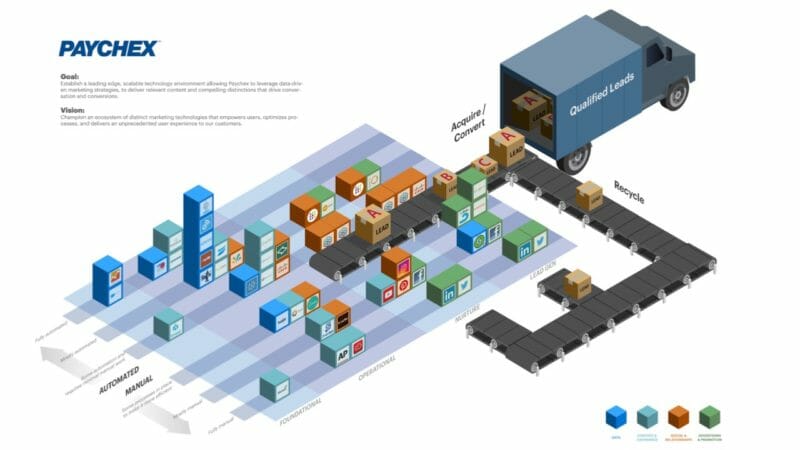











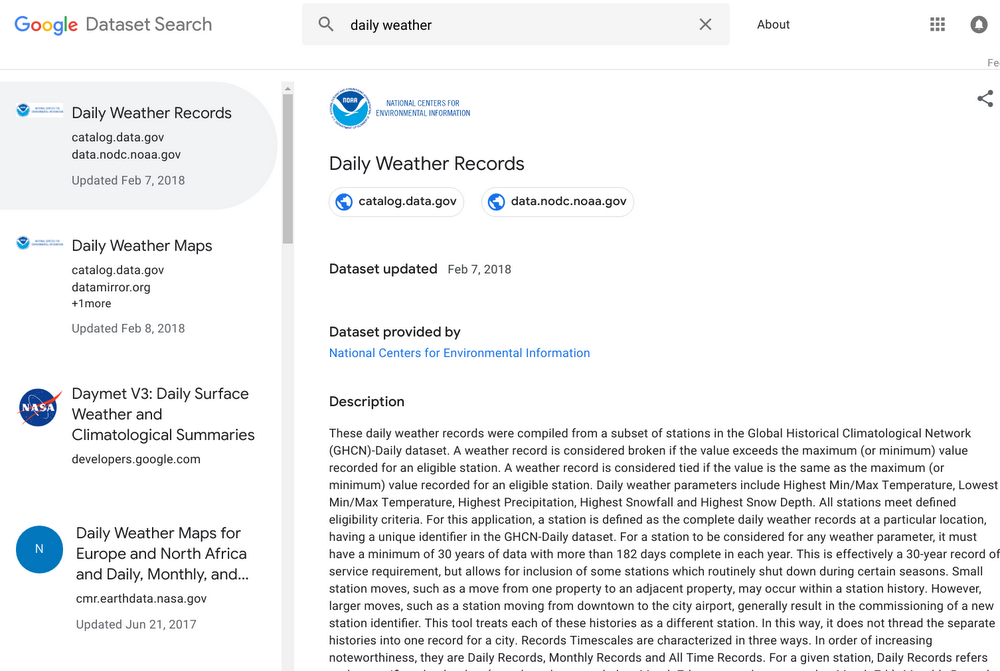





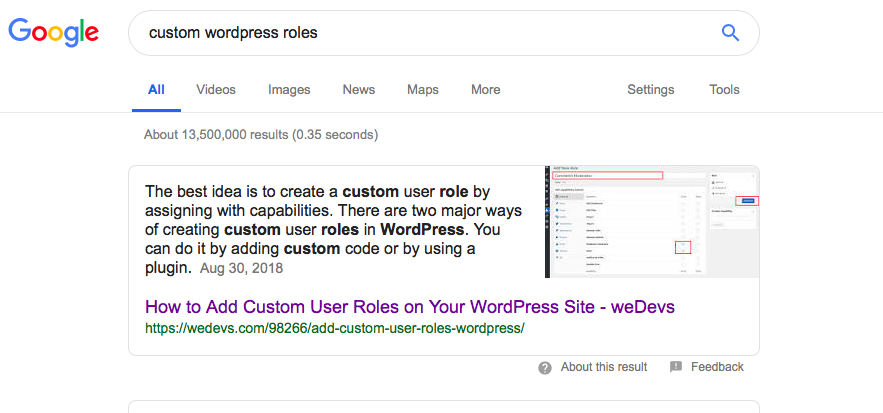

 There is an image of Alexander the great in this snippet. If you click in that image you will see the image is taken from the same webpage of biography.com.
There is an image of Alexander the great in this snippet. If you click in that image you will see the image is taken from the same webpage of biography.com.